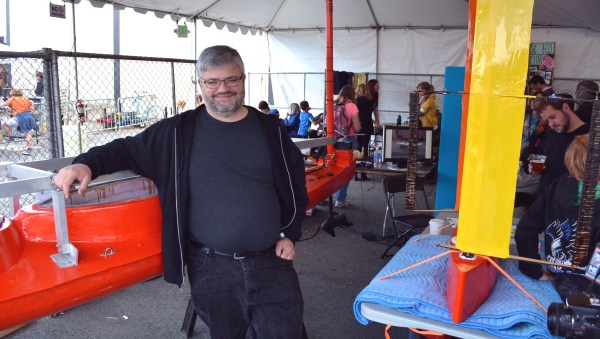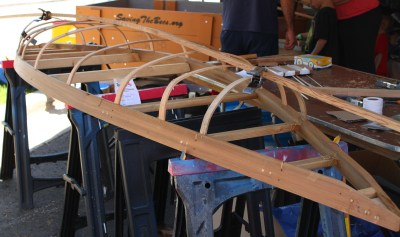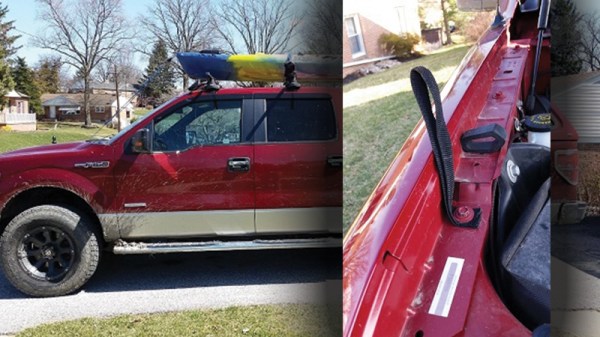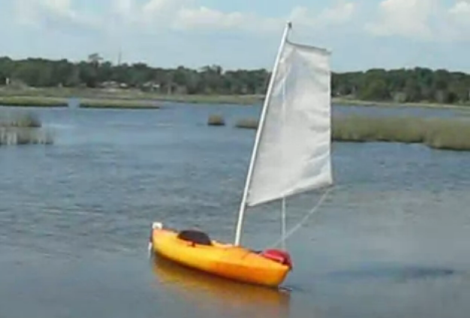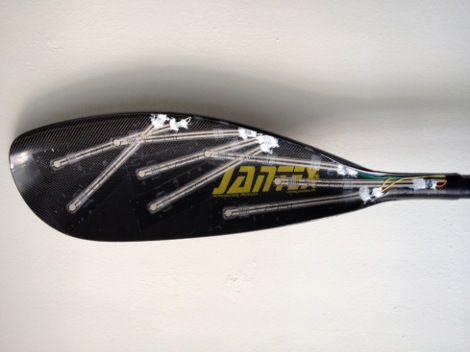
Last July, [Louis] bought a kayak off of Craigslist. It was a pedal-powered device with a hand-operated rudder, and he ended up enjoying his time on the water. [Louis] fishes, though, and it was a bit of a challenge to manage hands free fishing while maintaining a steady course. His solution was an Arduino-powered autopilot that allows him to troll for salmon and Arduino haters with just the push of a button.
In [Louis]’ system, a motor is attached to the steering lever along with a few limit switches. This motor is powered by an Arduino controlled with an LSM303 compass module from Sparkfun.
When the autopilot module is started up, it first checks to see if the compass module is enabled. If not, the system relies on two tact switches to change the position of the rudder. Enabling the compass requires a short calibration of spinning the kayak around in a circle, but after that the steering is dead on.
There are a few things [Louis] would like to add such as a heading display and a bluetooth module for remote control. This setup already landed him a 13 lb salmon, so we’re going to say it’s good enough to catch some dinner.

